
|
|
|
|
|
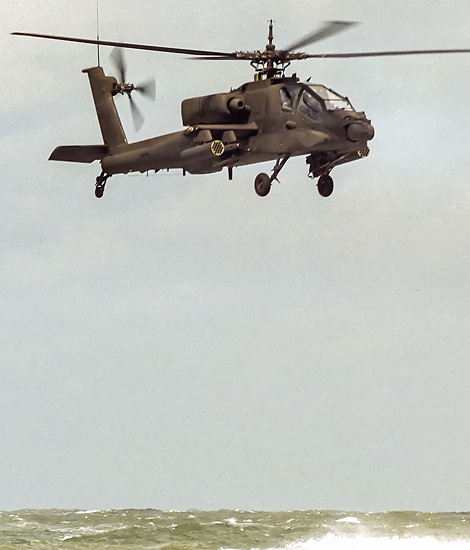
|
The P-3C Orion in Dutch Service; MVK Valkenburg, May 27, 2000
The Orion’s of MARPAT, part 1; Text and Photograph's by Alex van Noye
The Lockheed P-3C Orion is the major patrol aircraft in use at the Royal Netherlands Navy (Koninklijke Marine). The aircraft are all stationed at the Naval Air Station Valkenburg near Katwijk aan Zee. The aircraft have been in use by the Royal Netherlands Navy since 1983 and are used to patrol the North Sea coastline.
The Lockheed P-3C Orion is the last model in a series of patrol aircraft of the American aircraft factory Lockheed-Martin. In the forties, the development of a long series of patrol aircraft began with the development of the P-1 Harpoon. In the fifties this aircraft was already succeeded by the Lockheed P-2 Neptune at the Royal Netherlands Navy. Later in the sixties the French Breguet Atlantic was added to this fleet. The P-3C entered service with the Royal Netherlands Navy in the 1980s. The aircraft was purchased to replace both the P-2 Neptune and the Atlantic. The P-3C version of the Orion was a modernized and improved version of the original P-3A model. The Orion is a four-engine turboprop aircraft based on the civilian Lockheed Electra. The Electra was developed as a civil airliner in the 1950s, but it was flopped for this market. Eventually this model was used as a basis for the P-3 Orion. The engines of the aircraft are versions of the Allison T56 series. The engines of the Orion are the same as those of the Lockheed C-130 Hercules. The Orion has a crew of ten to twelve people and can be deployed for various maritime tasks, such as: anti-submarine combat, coast guard missions, reconnaissance and search and rescue (SAR). With a crew of ten people, three are engaged in flying and the rest is busy with other tasks. The armament of the Orion consists of different types of bombs, up to eight torpedoes and up to eight nuclear depth charges.
Around the purchase of the P-3C Orion, there was also a political scandal in the Netherlands that would become known as the "Lockheed Affaire". The Lockheed affair from 1976, is the name of a bribery scandal in which prince Bernhard of Lippe-Biesterfeld received over 1.1 million US dollars in bribes from American aircraft builder Lockheed in the early sixties. In the years of the Lockheed issue, the Den Uyl cabinet was, among other things, busy with the replacement of all Dutch Lockheed F-104 Starfighters. The House of Representatives ultimately decided on the advice of
|
|
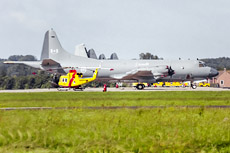
|
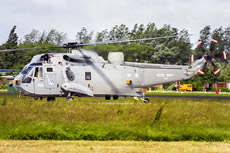
|
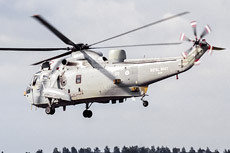
|
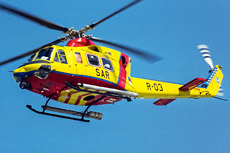
|
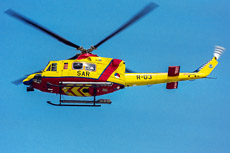
|
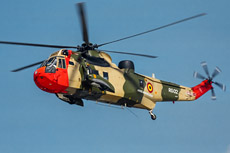
|
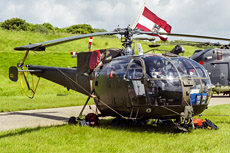
|
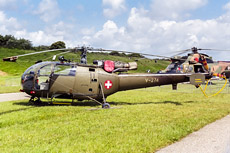
|
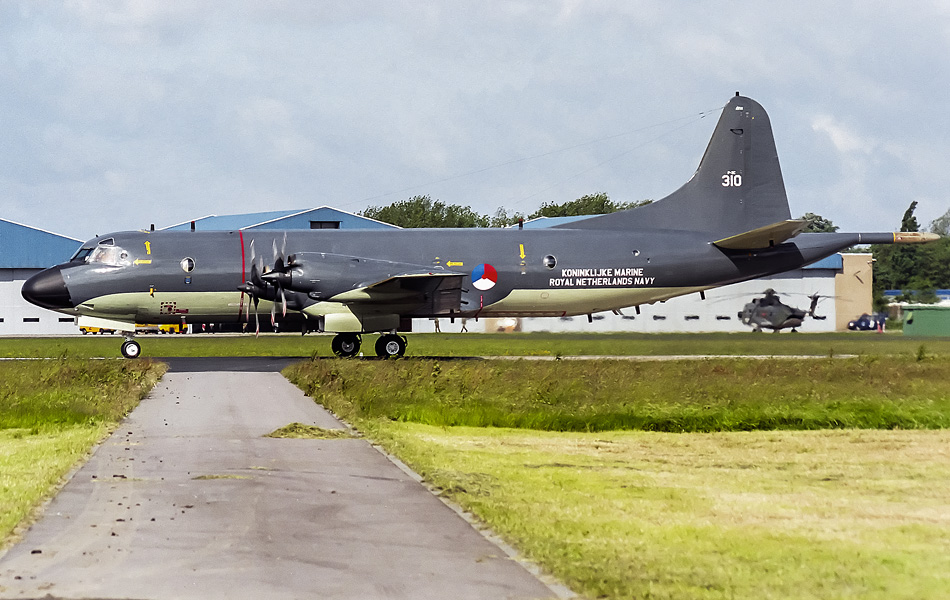
|
defense minister ir. Henk Vredeling that the successor of this jet fighter would be the F-16 of the competing aircraft manufacturer General Dynamics. The purchase of the Lockheed P-3 Orion was canceled due to cutbacks. In 1974, Prince Bernhard demanded from Lockheed a large sum of money if the Netherlands to promote the purchase of the Lockheed P-3 Orion. The affair came to light through hearings of the subcommittee Church of Multinational Organizations, which was part of the Foreign Affairs Committee of the US Senate. This committee carried out research into brewing affairs involving the aircraft manufacturer. During these interrogations, on Friday, February 6, 1976, in public, a "high government official in the Netherlands" was said to have received bribes. Soon it became clear that this meant the Dutch Prince Bernhard. Eventually, the case was closed and no criminal proceedings were taken after the results of the investigation committee.
Within the NATO, the P-3 Orion is in use by the United States, Greece, the Netherlands, Norway and Spain. Canada uses the CP-141 Aurora. This is a version of the Orion with the equipment which is also used in the Lockheed Viking. Other countries which fly with a version of the P-3 Orion, are; Pakistan, Australia, Brazil, Japan and Iran. Aircraft which are comparable are the French Breguet Atlantic and the British BAE Nimrod. The Marine Aviation Service purchased thirteen P-3C Orion’s in 1983 to replace the SP-2H Neptune. Of the option for the purchase of two extra Orion’s was definitively abandoned after 1984. The home of the Dutch P-3C Orion aircraft is Marine Air Station Valkenburg near Katwijk aan Zee. Since the 1980s, there has always been a rotation based on the NATO base Keflavik on Iceland and from the mid-nineties also on the military part of the airport Hato in Curaçao. The aircraft which were based on Hato supplement the two F-27 Maritimes of the Royal Netherlands Air Force. However, these aircraft are being phased out in a very short term. From that moment on the island will be completely dependent on the Orion detachments. The most important tasks of the Dutch Orion’s were patrolling the Dutch and European coastlines during the Cold War. The aircraft had to observe and report ships from the Soviet Union and to track submarines under the surface of the North Atlantic. After the end of the Cold War, the aircraft was occasionally used for crisis management operations. Examples of this, are; the maritime blockade of small-Yugoslavia, the verification mission over Kosovo, in Afghanistan and in the Persian Gulf area.
Nowadays the P-3C Orion’s of the Royal Netherlands Navy are mainly used for anti-submarine missions. During these missions the Orion’s fly low above the water and they will track and follow submarines with the sensors on board. A second task of the Orion is to support tactical transport operations. These missions often consist of acting as a flying command post during maritime operations. During the patrol missions, the Orion can use tools, such as; radar, ESM, Sonar buoys and the MAD MX15 and MX20 system. The most important system than used here is the MAD (Magnetic Anomaly Detection) system, which is characterized by the long tail boom at the rear of the aircraft. With this long sensor, submarines can be observed which sail deep under the water surface. The sensor detects deviations in the magnetic field caused by the metal fuselage of the submarine which is being tracked. In the Caribbean, the Orion’s are also used to detect drug transports. Often these transports are done with small speedboats carrying a load of drugs. The Orion’s have powerful sensors which can observe the boats from a large distance. The sensors on board can also detect drug discharges if the persons on board of the speedboat are arrested by the coast guard or the navy.
|
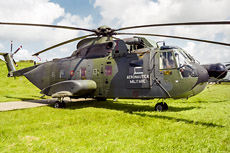
|
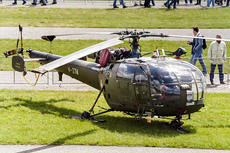
|
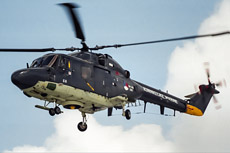
|
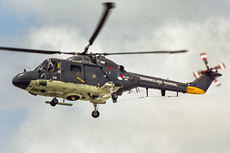
|
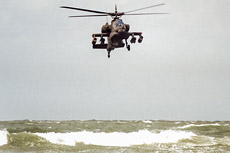
|
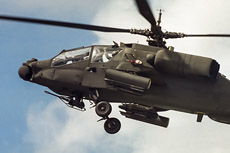
|
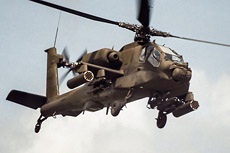
|
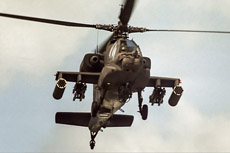
|
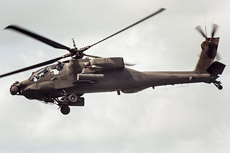
|
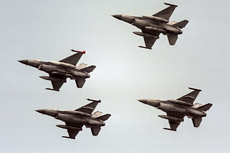
|
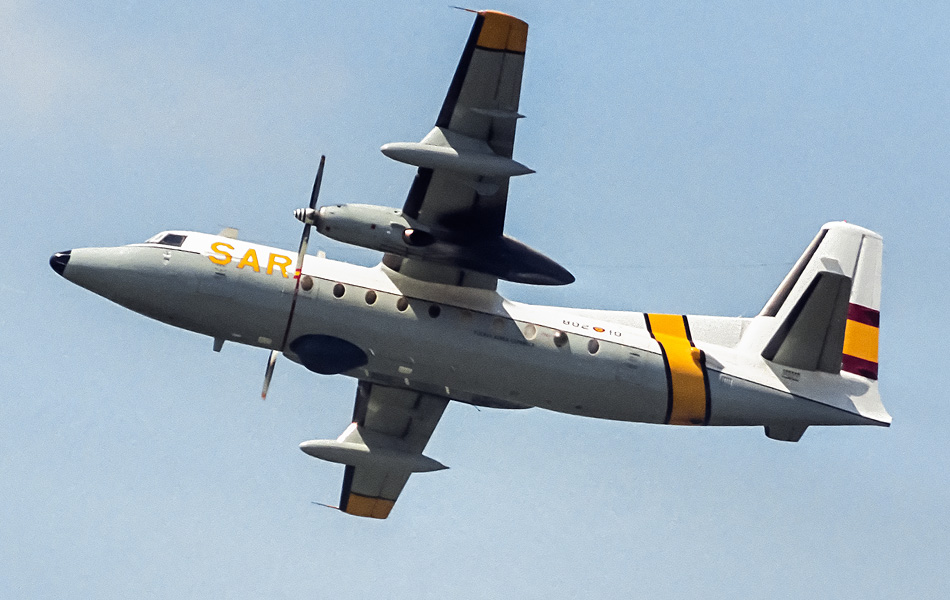
|
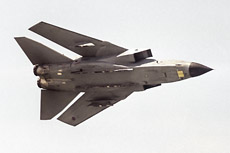
|
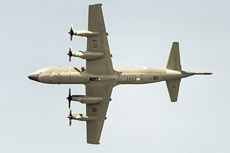
|
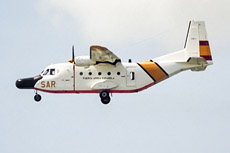
|
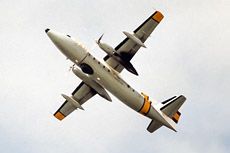
|
|
|

|







